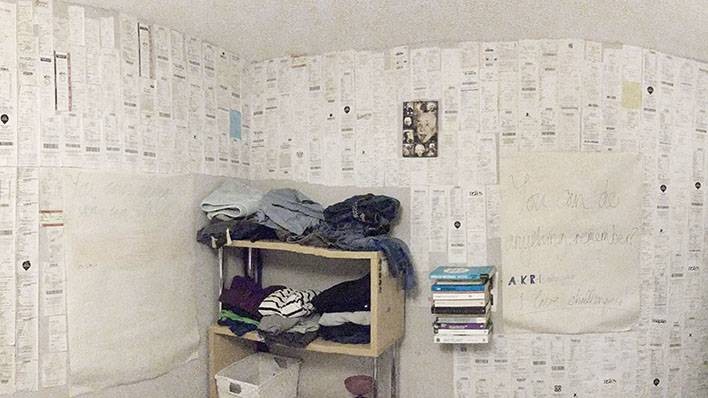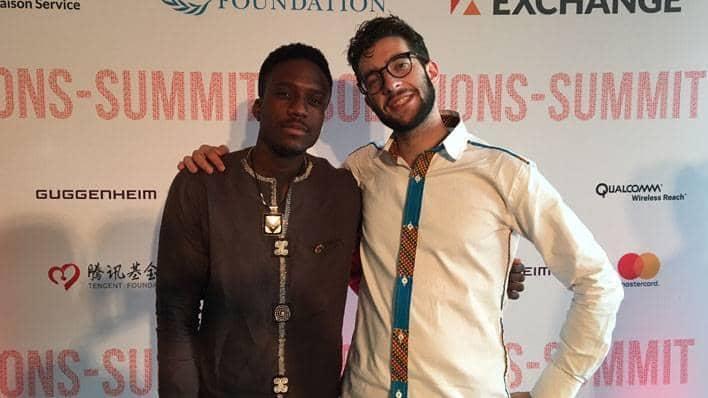
Gamechangers: BenBen
By using the blockchain technology, BenBen is looking to transform the way that land titles and their associated registries are recorded
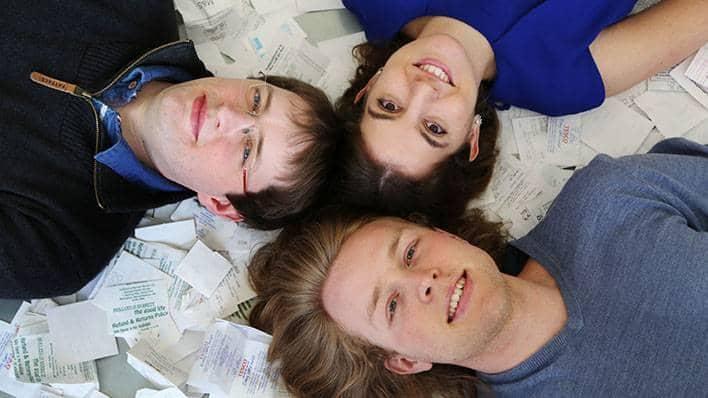
Could you tell us about your business?
We are on a mission to digitise, automate and organise the world’s receipts. Receipts are hard to store, easy to lose and a waste of resources. Flux software digitises them by linking receipts automatically to your bankcard as you pay. So you make a payment and that’s it: your receipt appears within your bank statement with all the information you need.
Who do you believe will benefit from what you’re doing?
We see paper receipts as more than paper receipts – we see the value that’s stored on them. As a consumer, being able to go paperless is a huge pleasure. You can get much more personalisation and we can make loyalty completely seamless: loyalty cards are stored digitally with your receipt. As a retailer, it’s crazy that the purchase of an item is the end of the interaction with the customer. Our software can help continue that conversation by linking the receipt to a merchant’s online and social presence. We can also help retailers better understand their customers on an anonymised behavioural level, helping increase their sales. This benefits everybody.
Matty Cusden-Ross’s “wall of hate”: “By the end of the process there was only a foot left, including the ceiling!” he says.
It’s not a question of if this technology will become ubiquitous, it’s a case of how.
Where did the idea come from?
Myself and Flux co-founders Veronique Merriam Barbosa (Chief Operating Officer) and Tom Reay (Chief Technology Officer) met at the fintech startup Revolut. We went for coffee one day and thought how insane it is that you go from the 21st century technology of contactless payments to the 10,000 BC technology of paper receipts. A few weeks later I bought an apple at Waitrose and the till spat out a foot-long receipt. For me that was a eureka moment. It became an obsession: I collected every paper receipt I was given and stuck them on my bedroom wall at home to remind myself that this needed to be solved. The deal I made was that by the time my room was covered, I would do something about this. By the end of that process there was literally a foot of ceiling left! I called it the “wall of hate”.
What’s next?
We’re now in the start-up phase and the next phase is the growth phase. At the moment we are live and integrated with the challenger bank Monzo, in closed pilot, and the food retailers EAT and Bel-Air. Our primary focus is to prove that what we do can create value for everybody. The next phase will be to roll this out and integrate with Barclays: firstly, by using their Launchpad experimental platform to try out the technology on 10,000 customers before potentially scaling up to the Barclays user base of five million people; and secondly, through Barclaycard, whose relationships with 30% of UK retailers gives us a huge opportunity.
You were part of the Barclays Accelerator powered by Techstars at Rise London earlier this year. What have you gained from that process and your relationship with Barclays since?
The Accelerator gives you on the one side, people who can help you refine, grow and structure your business and on the other side, access to this powerhouse bank which can help you take all those concepts and implement them in the real world. It’s been a beautiful combination for us. We are really excited to be working with Barclays because it allows us to take what we are learning on a small scale and blow it up to get huge traction very quickly. It’s really exciting. We’re looking at this from a global perspective. It’s not a question of if this technology will become ubiquitous, it’s a case of how.

By using the blockchain technology, BenBen is looking to transform the way that land titles and their associated registries are recorded

Safello enables the public to buy and sell bitcoins through an online marketplace, powered by blockchain technology
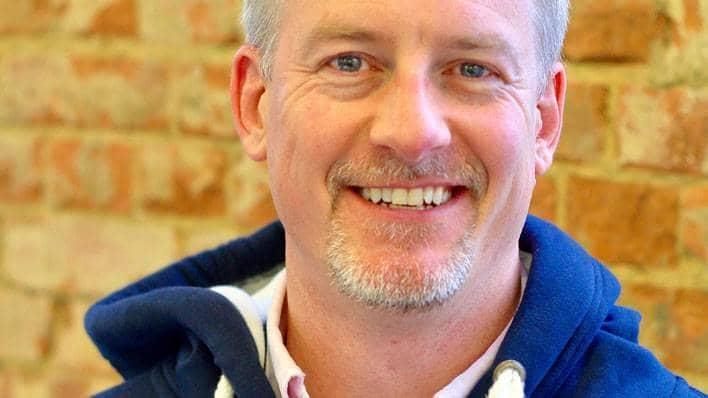
We are a software company that makes it easy for banks to build Artificial Intelligence simulation
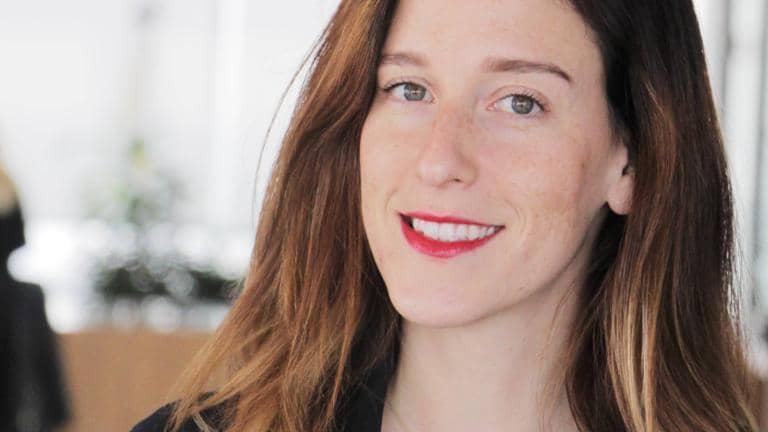
Meet LeO: a personable 24/7 customer service solution for the insurance industry
